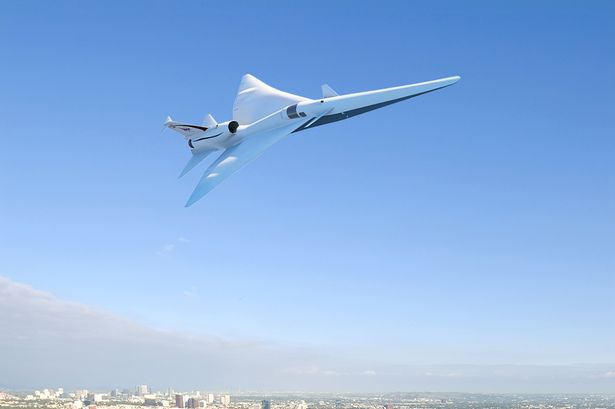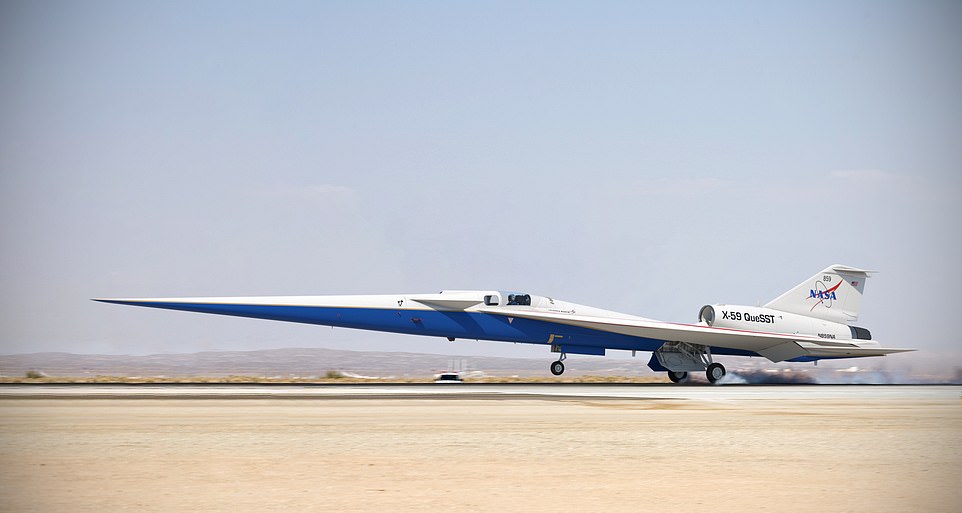NASA aims to develop softer sonic air vehicles and is working on the same. It has a venerable tradition of X-Planes, where “X” stands for experimental. It started in 1946 with the X-1, which was the first aircraft to travel faster than sound. Its new plane, the X-59 aims to break the sound barrier but this time it is going to do it quietly. X-59 QueSST is a quiet supersonic airplane that can revolutionize air travel.
A sonic boom is produced when an object generates shock waves that travel through the air faster than the speed of sound. Sonic booms generate a large amount of sound energy, about 110 decibels. NASA aims to reduce the sonic boom through the unique design and structure of X-59 Quiet SuperSonic Technology (QueSST).

Engineers working on the agency’s Commercial Supersonic Technology (CST) project have recently tried to visualize the agency’s boom-reducing technology through the test flights of the small-scale model of the X-59 in NASA Glenn’s 8-by 6- foot Supersonic Wind Tunnel. That small-scale model, measured about a foot and a half in length, was subjected to produce shock waves that were captured by the special cameras fitted outside the test Section and by a unique sensor array inside. The unique images from the cameras have let the engineers visualize the shock waves and their positions as air pass around the model.
Tests have produced quite satisfactory results because the shock waves produced by the model were a match in both position and strength to those obtained from earlier computer models for quieter supersonic flight. Schlieren imagery along with pressure and strength measurement are both important for NASA’s capability to compare the wind tunnel data with computer modeling.
“With the X-59, we want to demonstrate that we can reduce the annoying sonic booms to something much quieter, referred to as ‘sonic thumps,’” said John Wolter, lead researcher on the X-59 sonic boom wind tunnel test.

The model will further travel to Tokyo in March for further wind tunnel verification testing with the Japan Aerospace Exploration Agency and Boeing. NASA and Lockheed Martin are finalizing the architecture of the X-59 model at the Skunkworks facility in California. In order to prove airworthiness, both these firms will initiate flight tests in late 2022.


